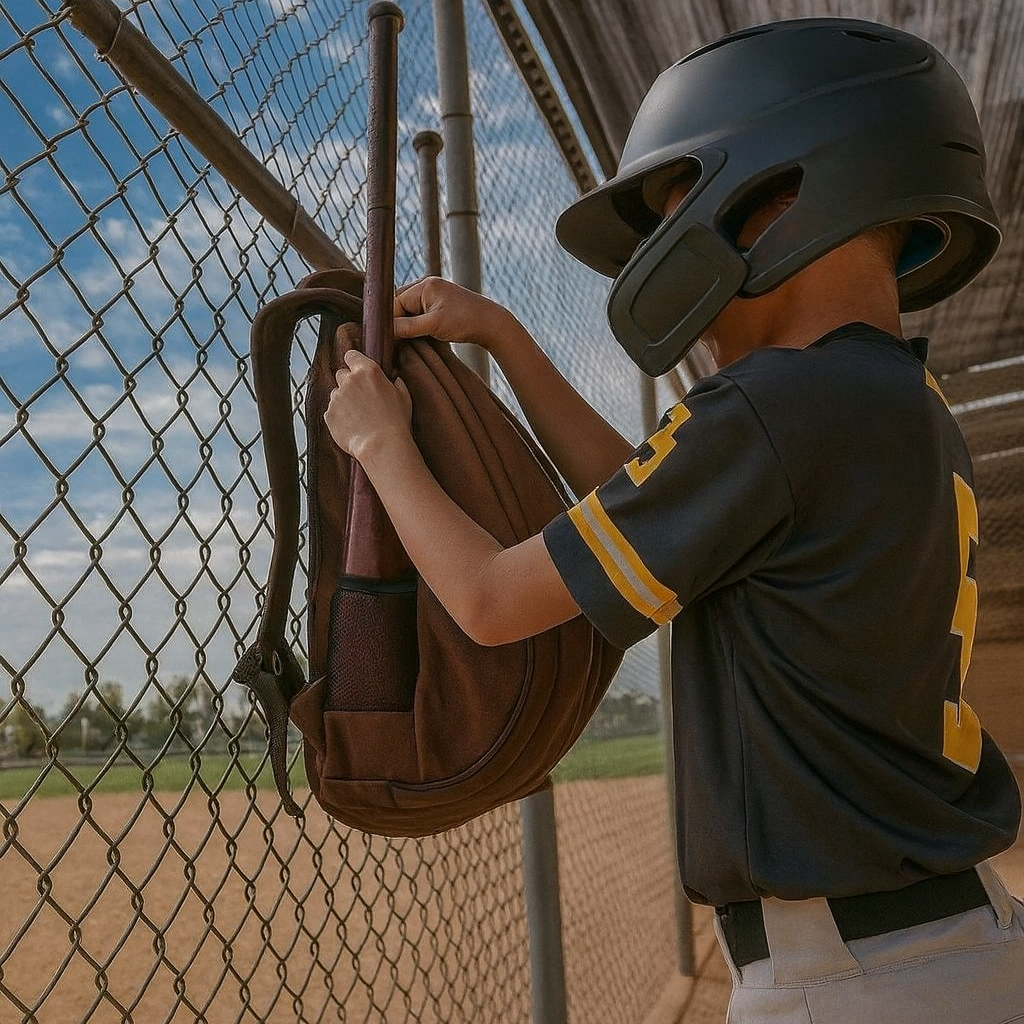One of the first questions parents ask when considering travel baseball is, “How much will equipment cost?” The answer varies depending on the level of play, the brands chosen, and how much gear your child already owns. Still, having a realistic estimate helps families budget and avoid surprises.
The core pieces of equipment every travel baseball player needs are a glove, bat, helmet, cleats, and a bag. On top of that, most programs require practice apparel, protective gear, and optional accessories. Prices fluctuate, but you can think in terms of ranges for each item.
Gloves are often the most personal purchase. A decent youth glove can start around $75, while higher-end models run $200 or more. Many families choose a mid-range glove in the $100–$150 range that balances quality and longevity. With proper care, a good glove can last multiple seasons.
Bats are usually the biggest investment. Depending on age division, players may need a USA Bat, USSSA Bat, or BBCOR Bat. Entry-level options start around $100, but most competitive players use models priced between $250 and $400. Since performance bats are a significant cost, many parents look for last year’s models at a discount.
Helmets are essential for safety. A basic batting helmet might cost $40–$60, but adding a face guard or jaw protector brings the price closer to $80–$100. It’s worth investing in a properly fitting, well-ventilated helmet that provides full protection.
Cleats typically range from $40 for youth models to $120 for high-end brands. Most players need a new pair each season as their feet grow. Some programs also require both molded cleats for turf and metal cleats (when age-appropriate), which increases cost.
Bags come in backpack and wheeled versions. A simple backpack-style bag may be $50–$70, while a larger wheeled catcher’s bag can run $120–$200. These bags are important for keeping gear organized, especially when traveling to multiple tournaments.
Protective gear is another category to consider. Sliding shorts, cups, batting gloves, and shin guards are often required or strongly recommended. This adds another $50–$100 depending on brand and quality. Catchers face the highest expense, as a full set of catcher’s gear can cost $250–$400, though many teams provide shared equipment for catchers.
Adding all this up, most families spend $500–$800 per season on equipment alone. For players who need specialized gear (like catchers or pitchers with position-specific gloves), the cost can easily exceed $1,000. On the lower end, families who buy used gear, shop sales, or reuse equipment from previous years may be closer to $300–$400.
To manage costs, many parents look for deals at sporting goods outlets, buy-and-sell groups, or end-of-season clearance sales. Some clubs also organize equipment swaps to help families save money. Buying quality items that last multiple seasons—especially gloves and bags—can also reduce long-term expenses.
Travel baseball already requires a significant commitment of time and money, but being prepared for equipment costs helps families plan ahead. With a clear budget and smart shopping strategies, you can ensure your child has the right gear to stay safe, perform well, and enjoy the game.

